Vintage Pics Show The Glory Days Of Detroit
The Motor City, Detroit, has become infamous in recent decades for its decline, with the automakers that made the city famous leaving in droves and the city center experiencing a dramatic population decrease.
It’s been a fall from grace for a city that was once at the forefront of the country when it came to industrial strength and economic prosperity. While it’s impossible to know if Detroit can ever rebound back to its glory days, we can at least relive these times through photographs.
The city boomed during the midcentury years.
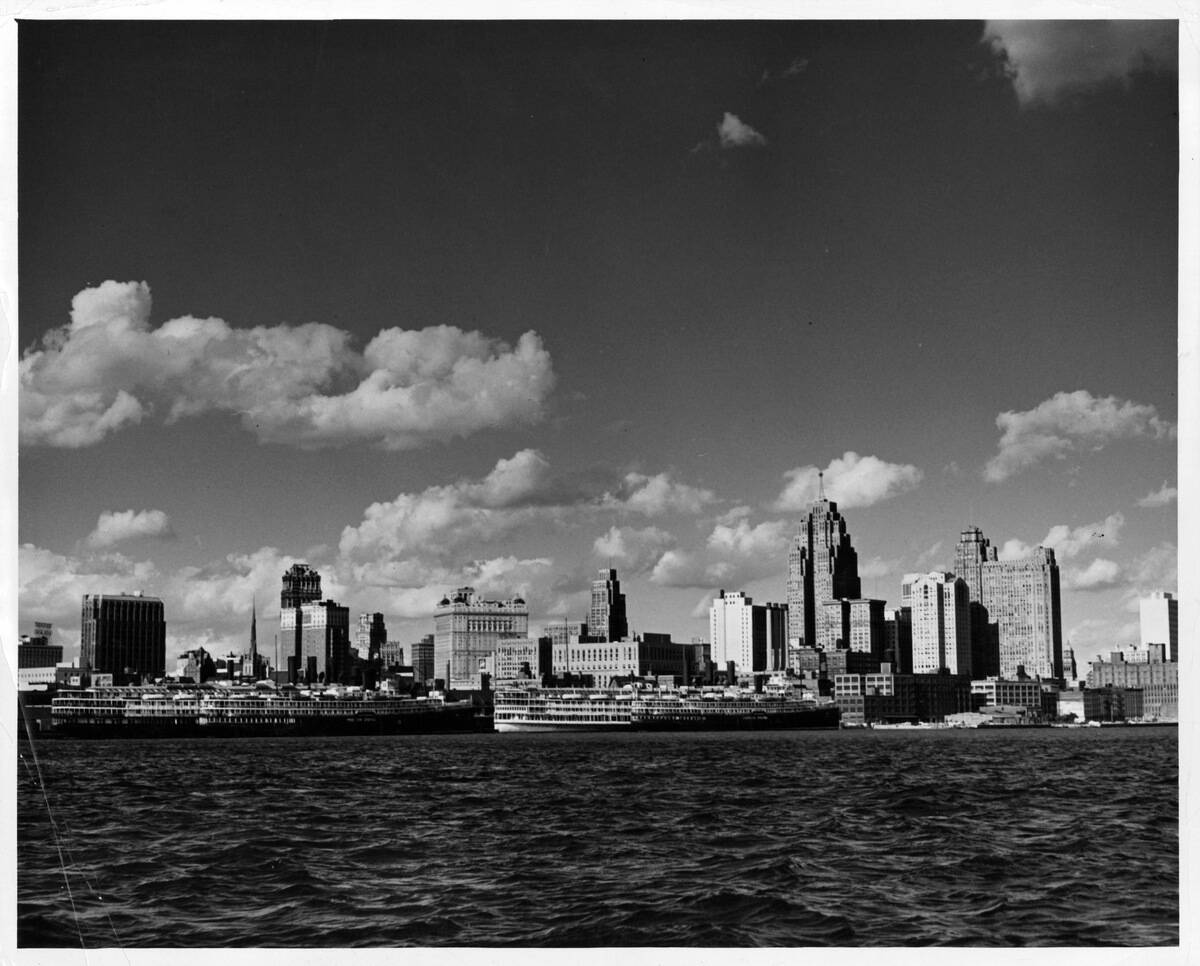
This view across the Detroit River shows the city skyline around 1950. By this time, Detroit was already a major metropolis, and was ready for a postwar boom.
While Detroit’s association with automobile manufacturing goes all the way back to the early 20th century, it was during this era that cars truly took over America — and Detroit’s manufacturing plants were only too happy to fill that demand.
The big automakers all called Detroit home.
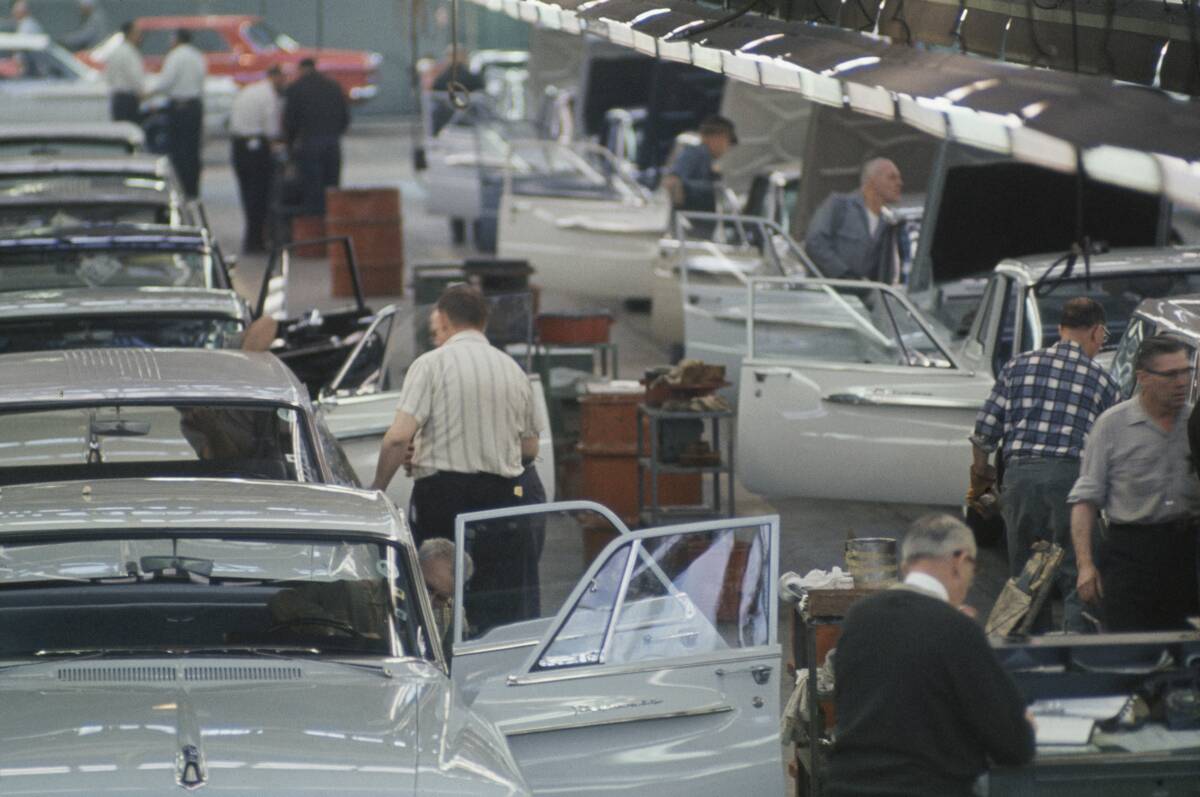
In an era before competition from Japanese manufacturers, virtually all cars on American roads were made in Detroit. Giants like Ford, General Motors, and Chrysler all called the Motor City home.
Assembly line workers toiled around the clock at advanced auto plants, like the Plymouth plant shown here. Workers are seen putting the finishing touches on a line of 1962 Plymouth Belvedere sedans.
The auto industry fuelled Detroit’s economy.
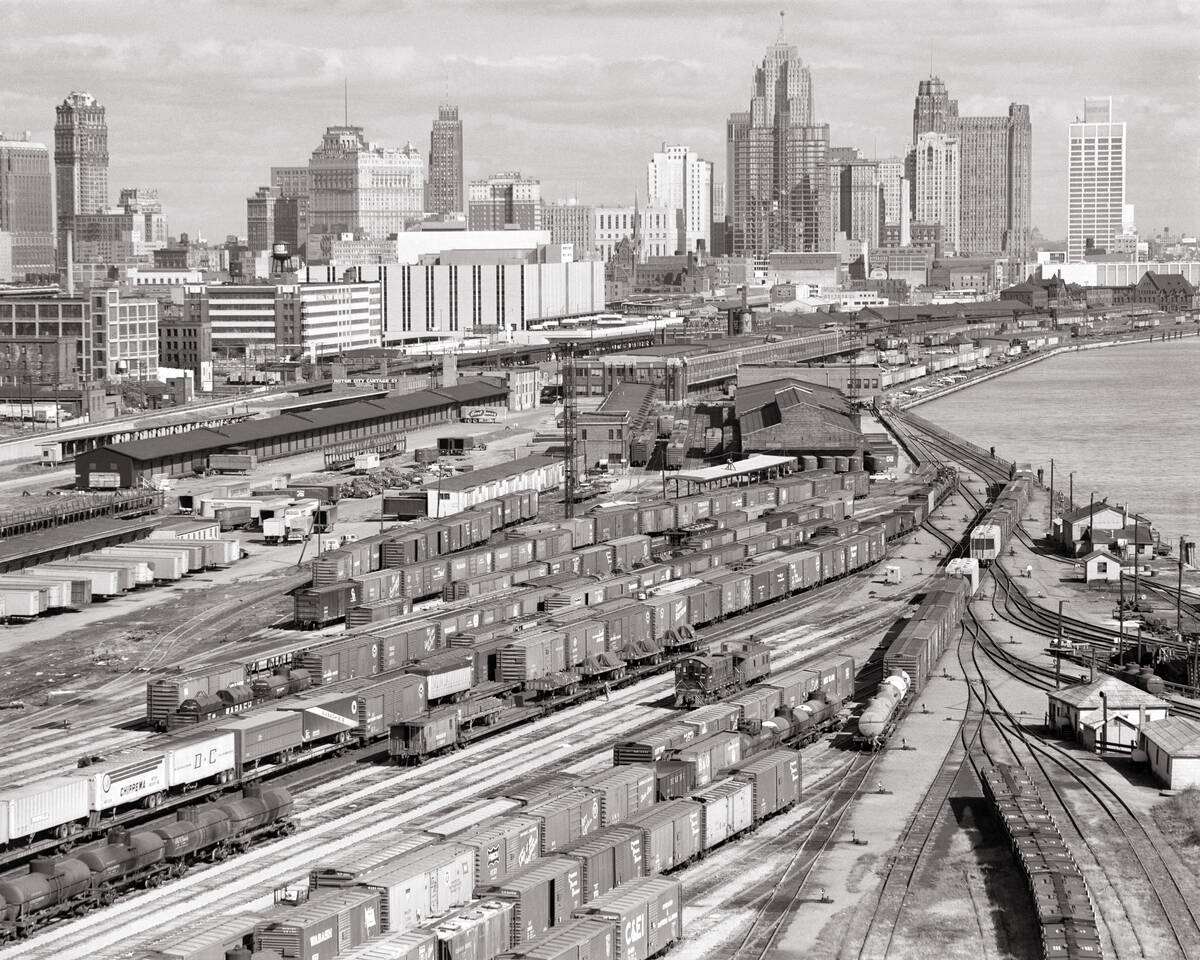
During the war years, automakers pivoted away from making new cars — but that doesn’t mean that Ford, GM, and Chrysler went dormant. Instead, they focused on supporting the war effort for a few years.
This means that Detroit’s industrial might has always been driven by the automotive industry, even if those car manufacturers haven’t always been manufacturing cars.
The city’s Black population flourished.
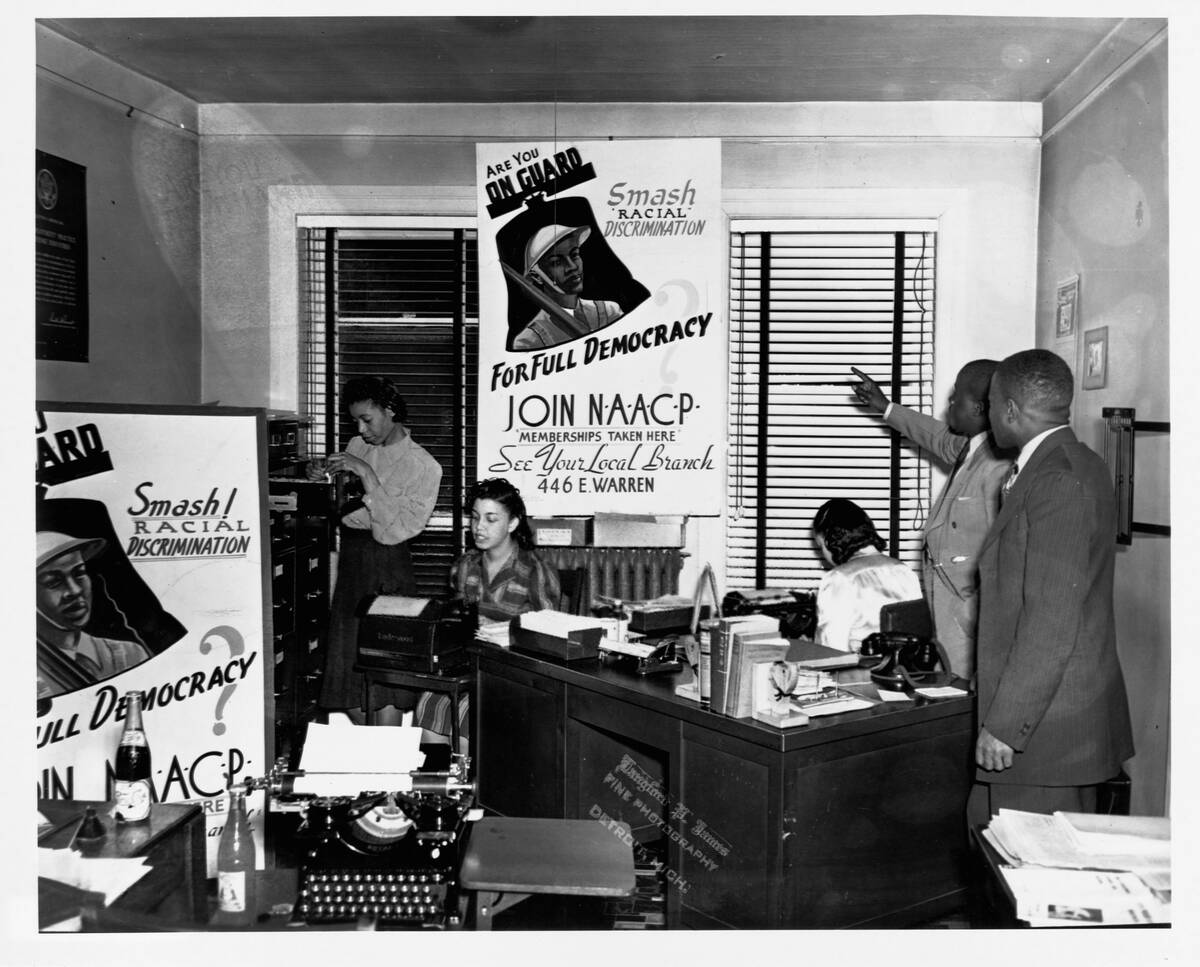
This 1950s image of a Detroit headquarters of the National Association for the Advancement of Colored People, or NAACP, gives a glimpse of the racial dynamics at play in Detroit.
The city saw its Black population grow during this era, and while good jobs were available, these workers still faced racial discrimination. The Detroit branch of the NAACP advocated for desegregated schools and fought against discriminatory practices in the auto industry and auto unions.
The war years were a poignant time.
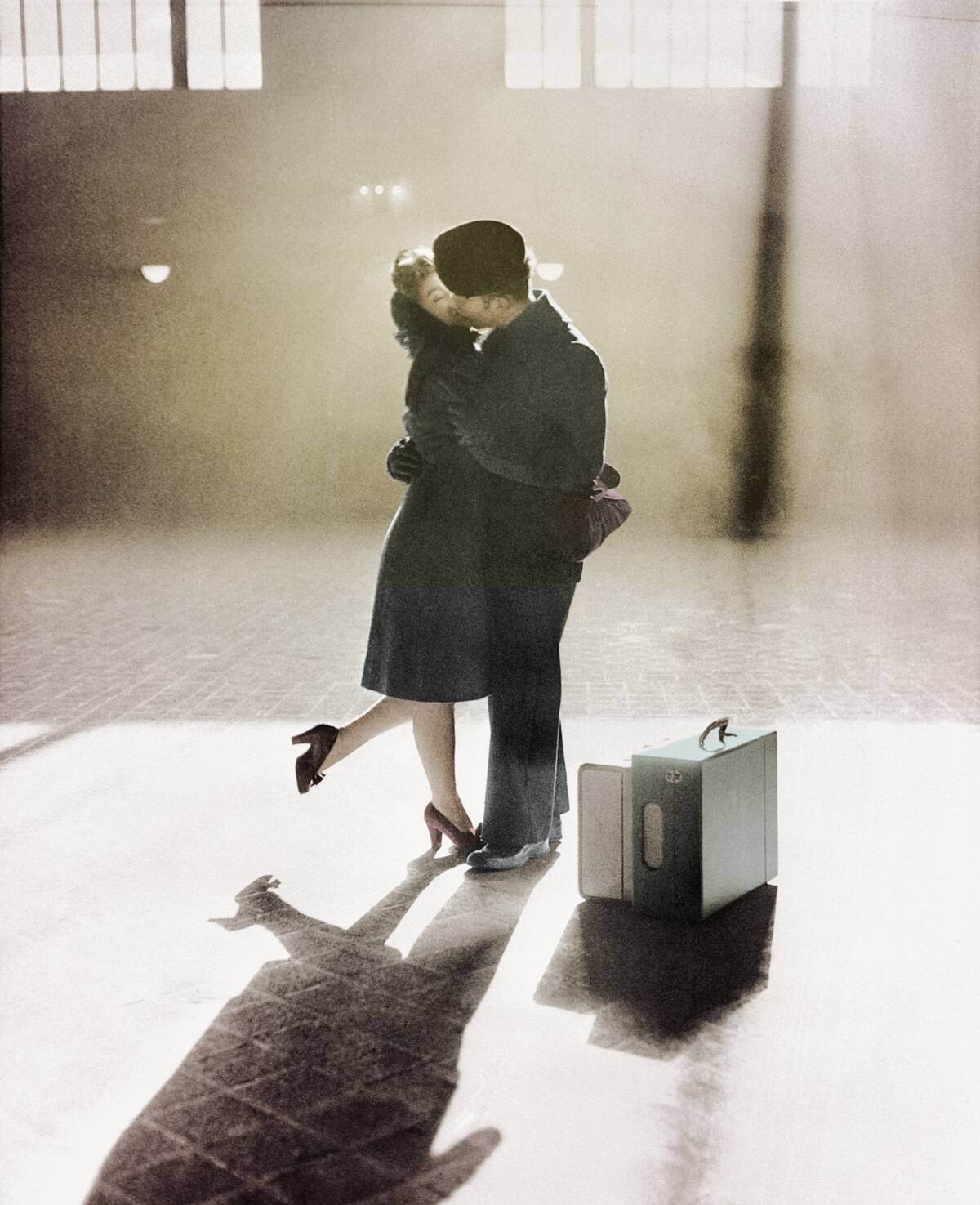
This photo from Christmas of 1944 shows two sweethearts at Michigan Central Station as they share one final kiss before parting ways.
In less than a year, the war would be over — but they had no idea of knowing that at the time. Sadly, the grand Michigan Central Station was eventually abandoned as the city declined, and now sits as a crumbling ruin.
The streets could get crowded.
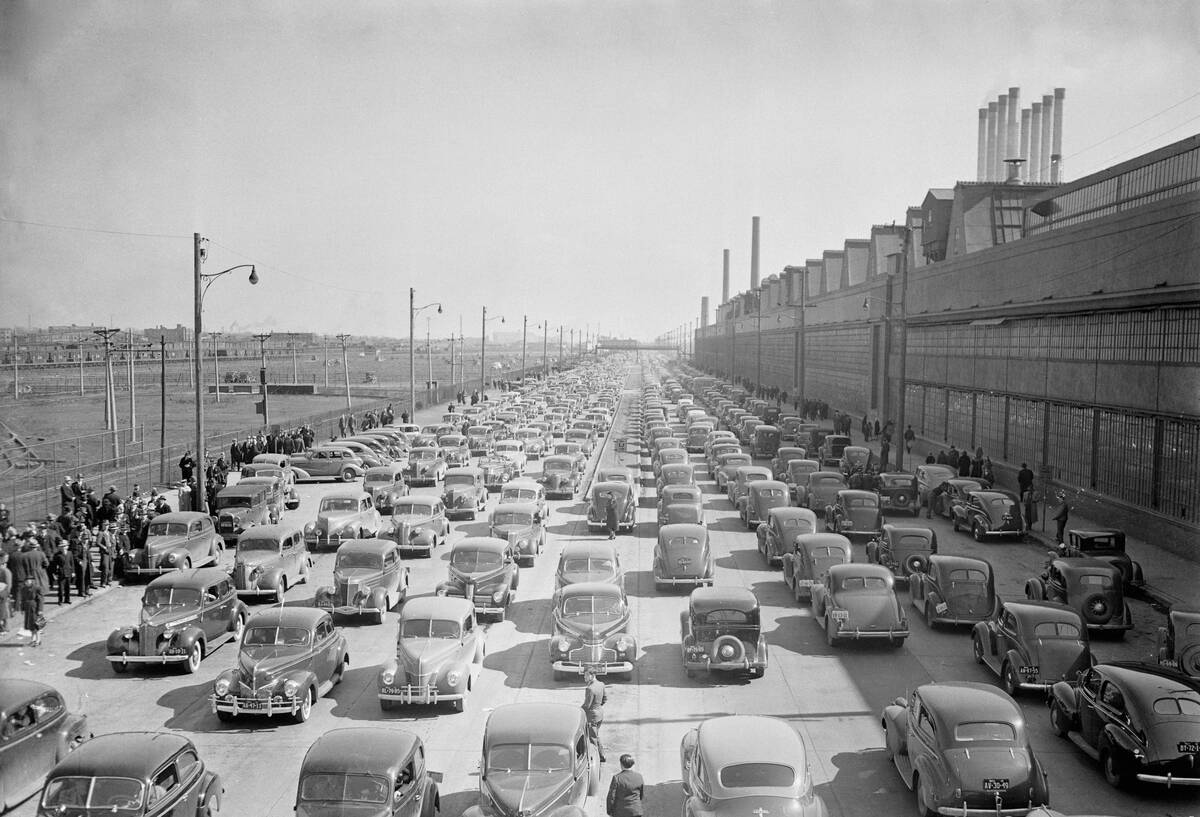
As the global epicenter of the auto industry, its understandable that Detroit played host to a lot of cars. This can be seen in this photo of traffic congestion on Miller Road, near Ford’s River Rouge Plant.
Starting in the late 1940s, Detroit became one of the first major U.S. cities to embrace freeway construction. Freeways like the M-10, I-94, and I-75 were built during this era.
Detroit was a music powerhouse, too.
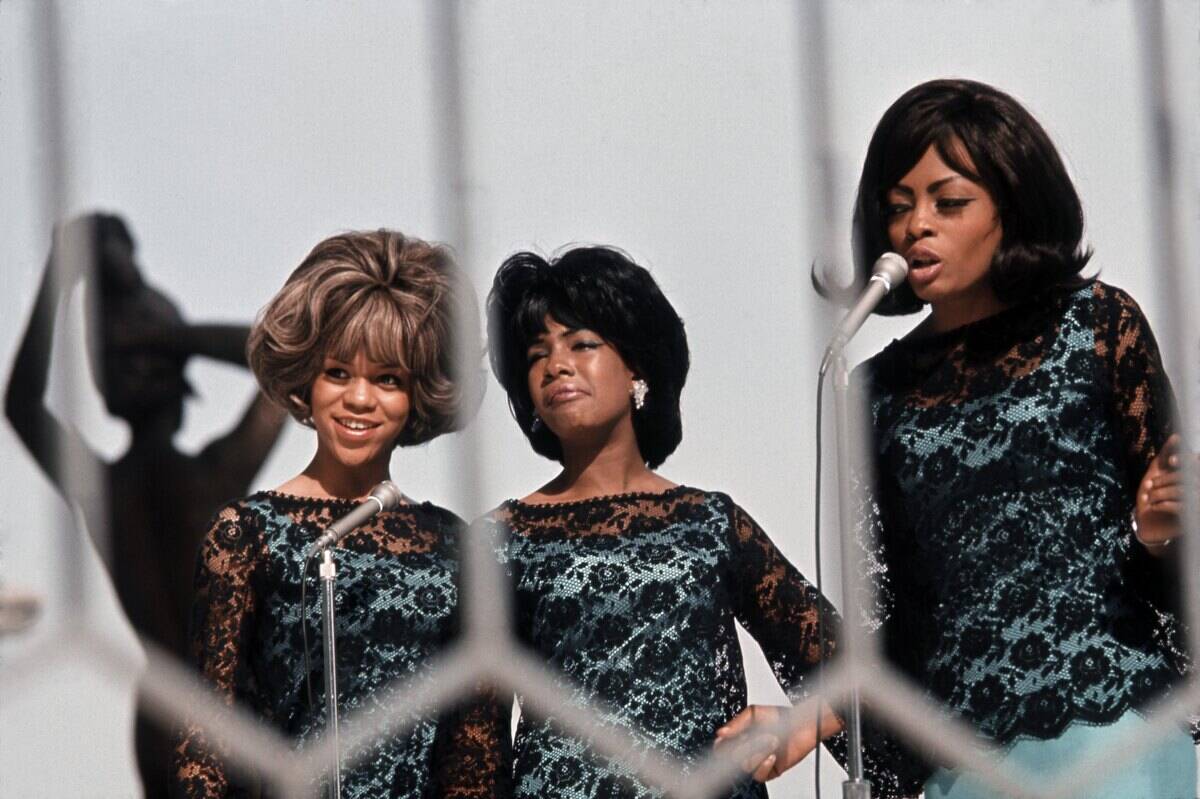
Detroit made cultural contributions during the midcentury years, most notably through music. Motown Records, founded in 1959 by Berry Gordy, churned out hit after hit and became one of the most successful Black-owned businesses in the country.
This image shows the Supremes, led by Diana Ross, who became Motown’s breakout stars. Their crossover appeal blended soul, pop, and gospel, and influenced countless other artists.
Not all cars made it to production.
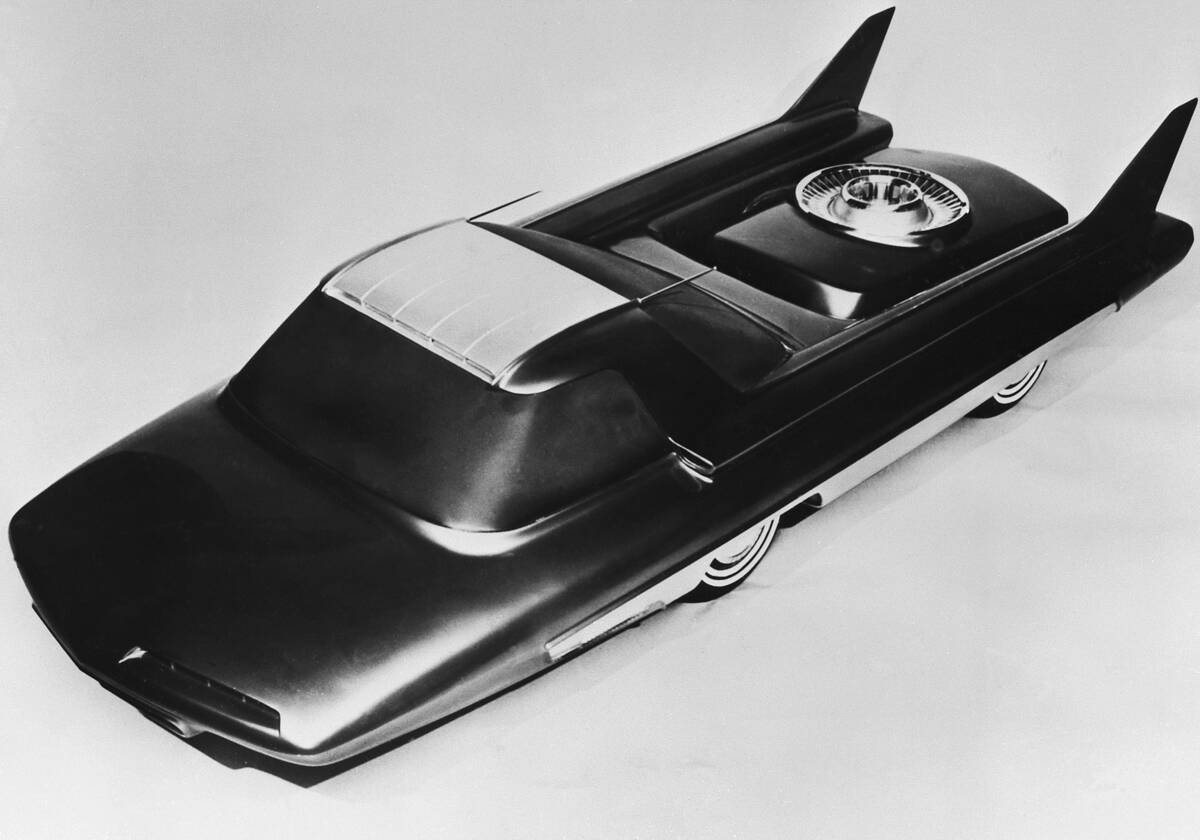
America was nuclear-obsessed in the 1950s, and this led to the proposal for the Ford Nucleon, which would have been an atomic-powered car.
Needless to say, the Nucleon never made it off the drawing room floor, and this 3/8 scale model was the closest we ever saw. It’s probably for the best that this never made it to consumers.
It was a city of fine art.
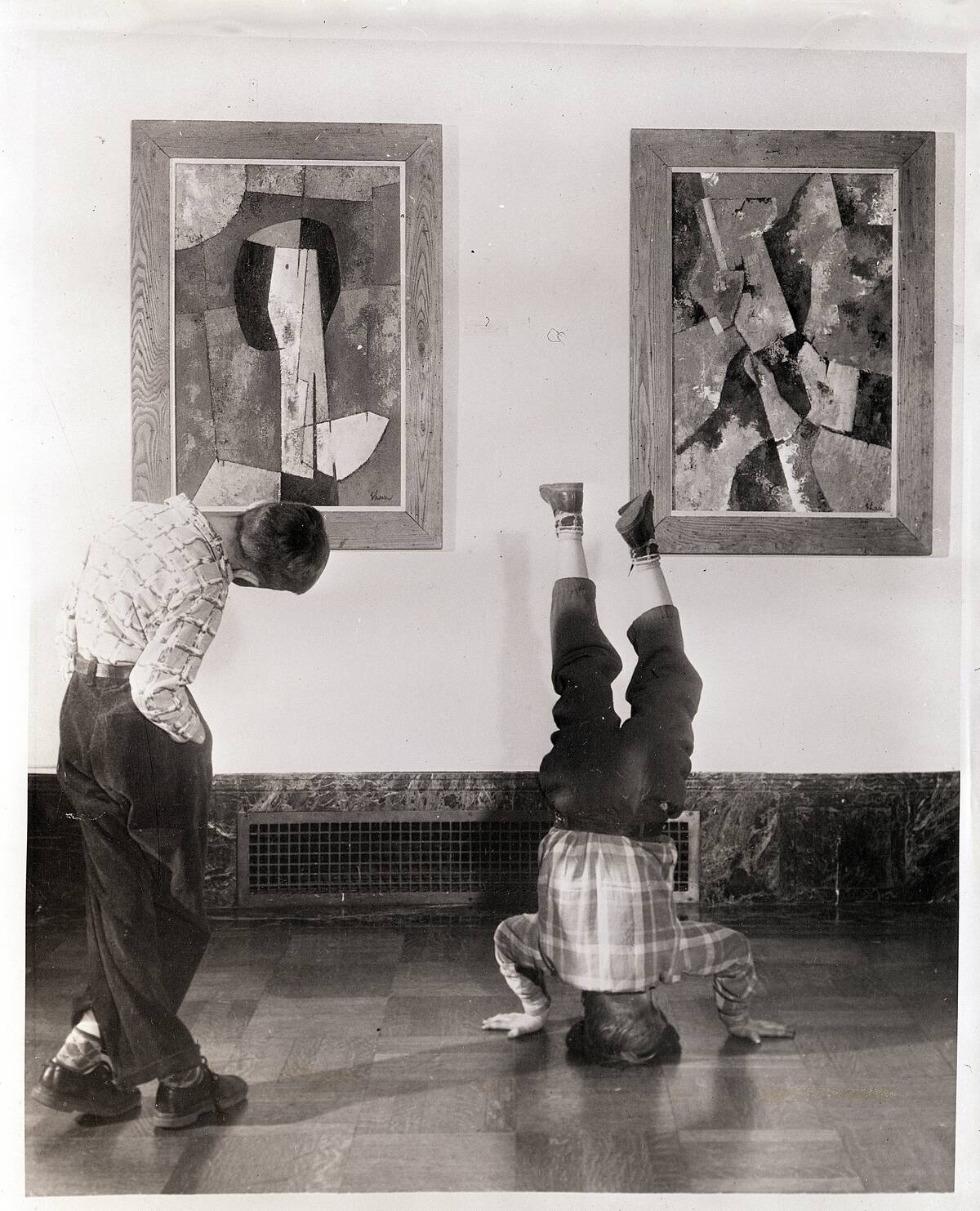
These boys at the Detroit Institute of Arts (DIA) are more interested in horsing around than appreciating the works on display, but this gallery nevertheless housed an impressive and diverse art collection.
The DIA showcased art ranging from European masterpieces to African and Native American collections. Its standout piece, Diego Rivera’s Detroit Industry Murals, celebrated Motor City itself.
These Ford workers weren’t making cars.
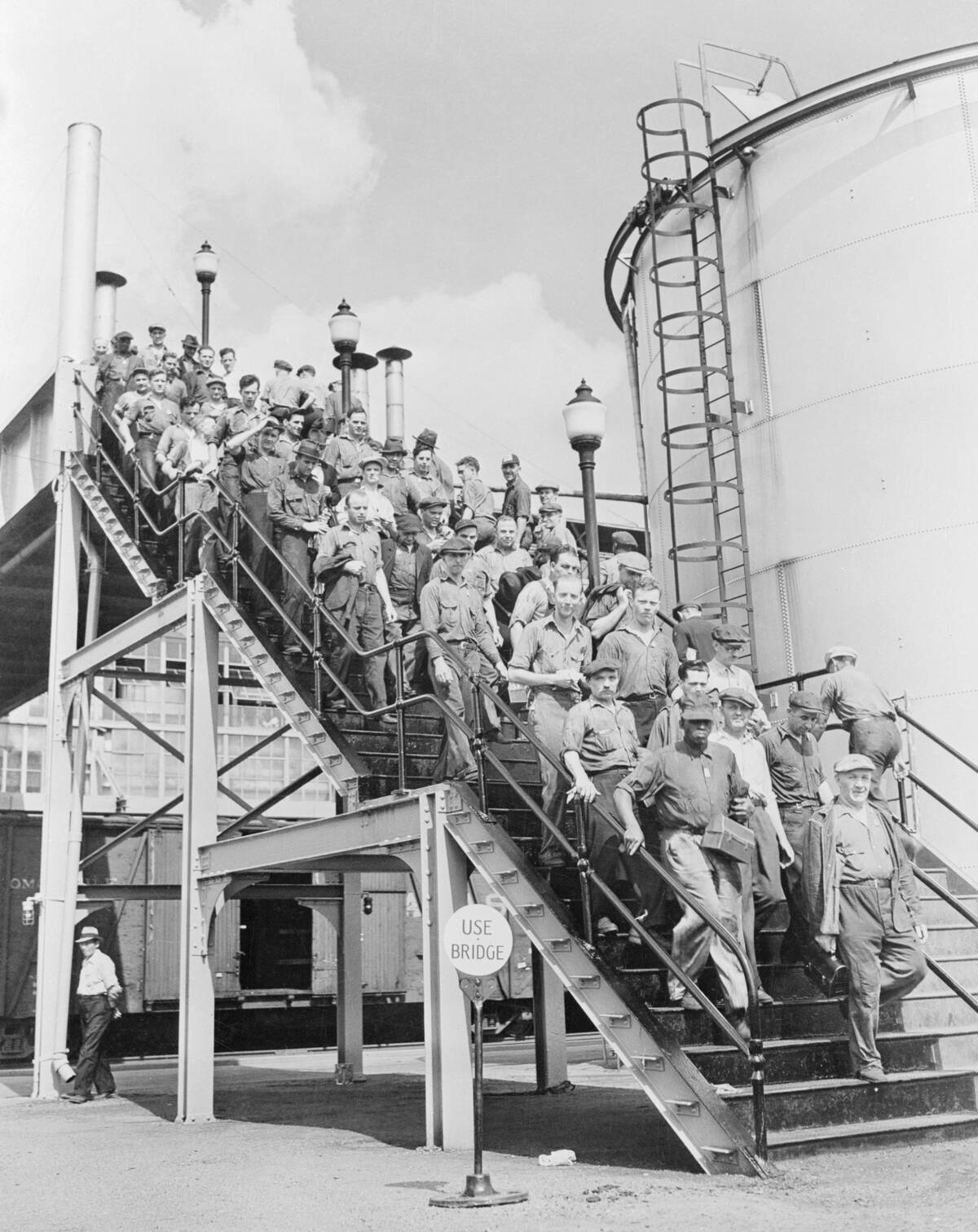
A group of Ford workers are shown here, leaving the Ford plant at the end of a long workday. Because this photo was taken at the peak of World War II, this means they weren’t building cars.
Instead, these workers had been working on building planes. The plant could reportedly produce 1,000 planes a day — pretty impressive for a company that was making exclusively cars just a few years earlier.
Virtually everyone had a car.
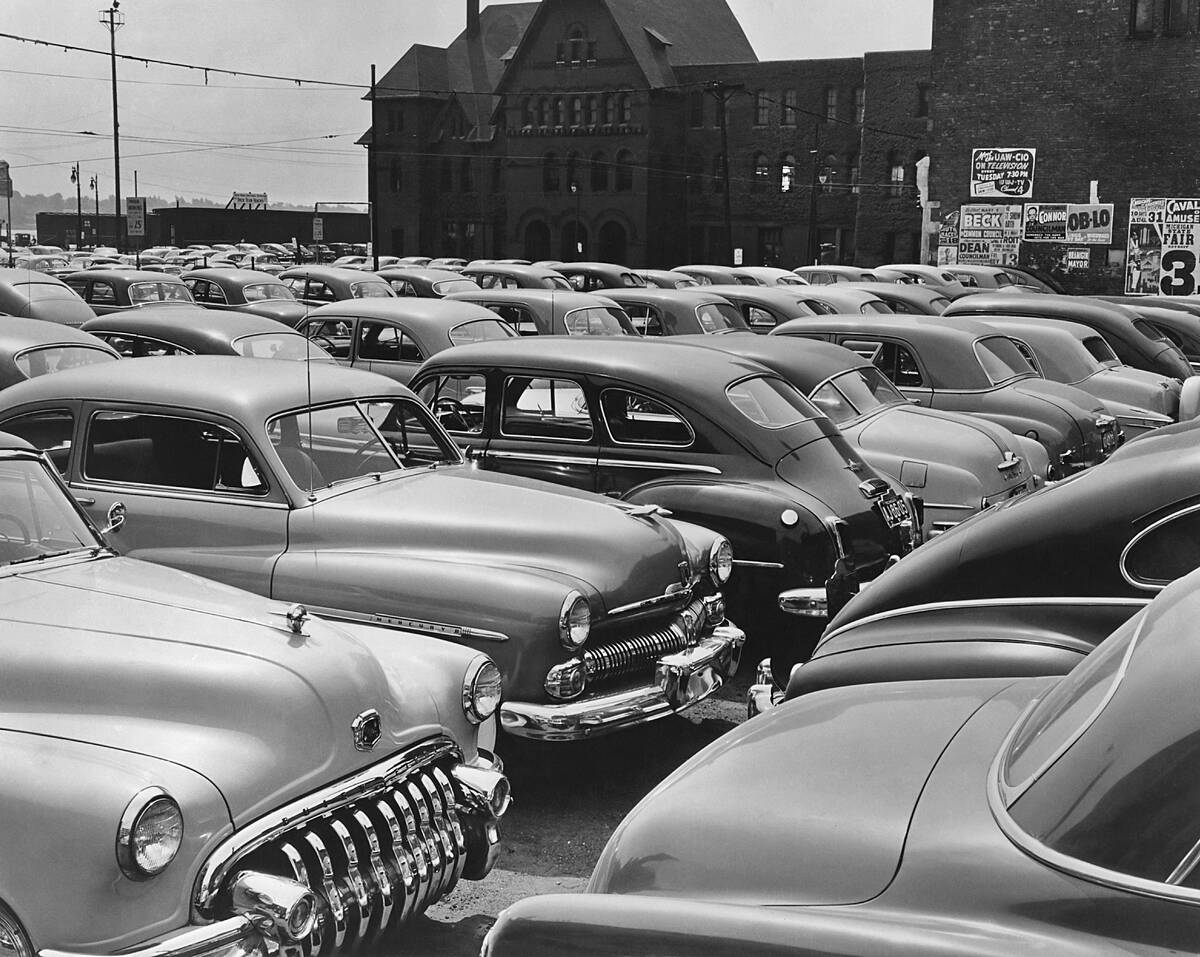
Thanks to the confluence of car culture as a whole and the fact that autoworkers could get discounts on cars, Detroit was undoubtedly a city of drivers.
Because so many of the city’s jobs were tied to one of the Big Three automakers, virtually everyone in the city had some connection to the auto industry.
The city made other contributions.
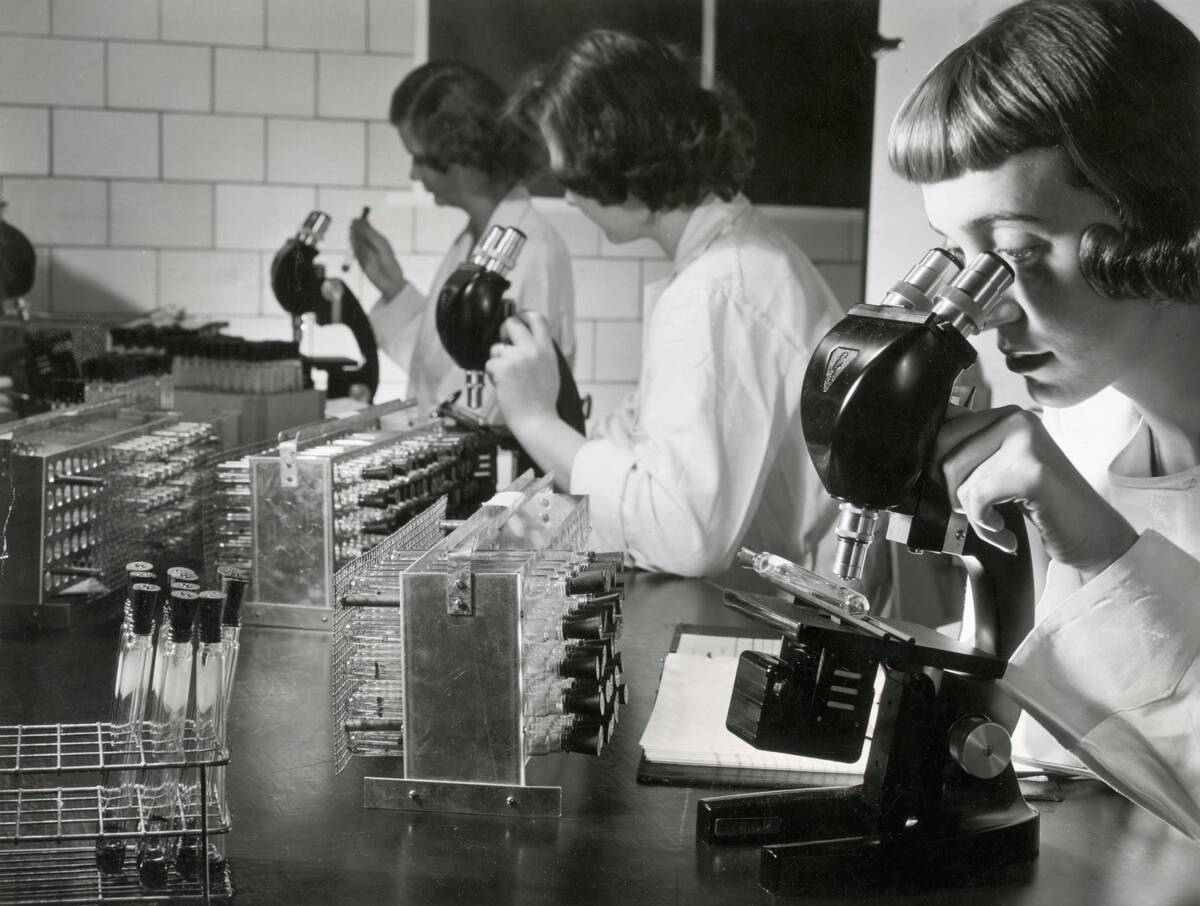
Detroit during the midcentury years is synonymous with the auto industry and the Motown sound, but this metropolis also had other things going on.
This image shows workers at Parke, Davis & Company, a pharmaceutical firm headquartered in Detroit that played a crucial role in producing the Salk polio vaccine.
It was a mandatory campaign stop.
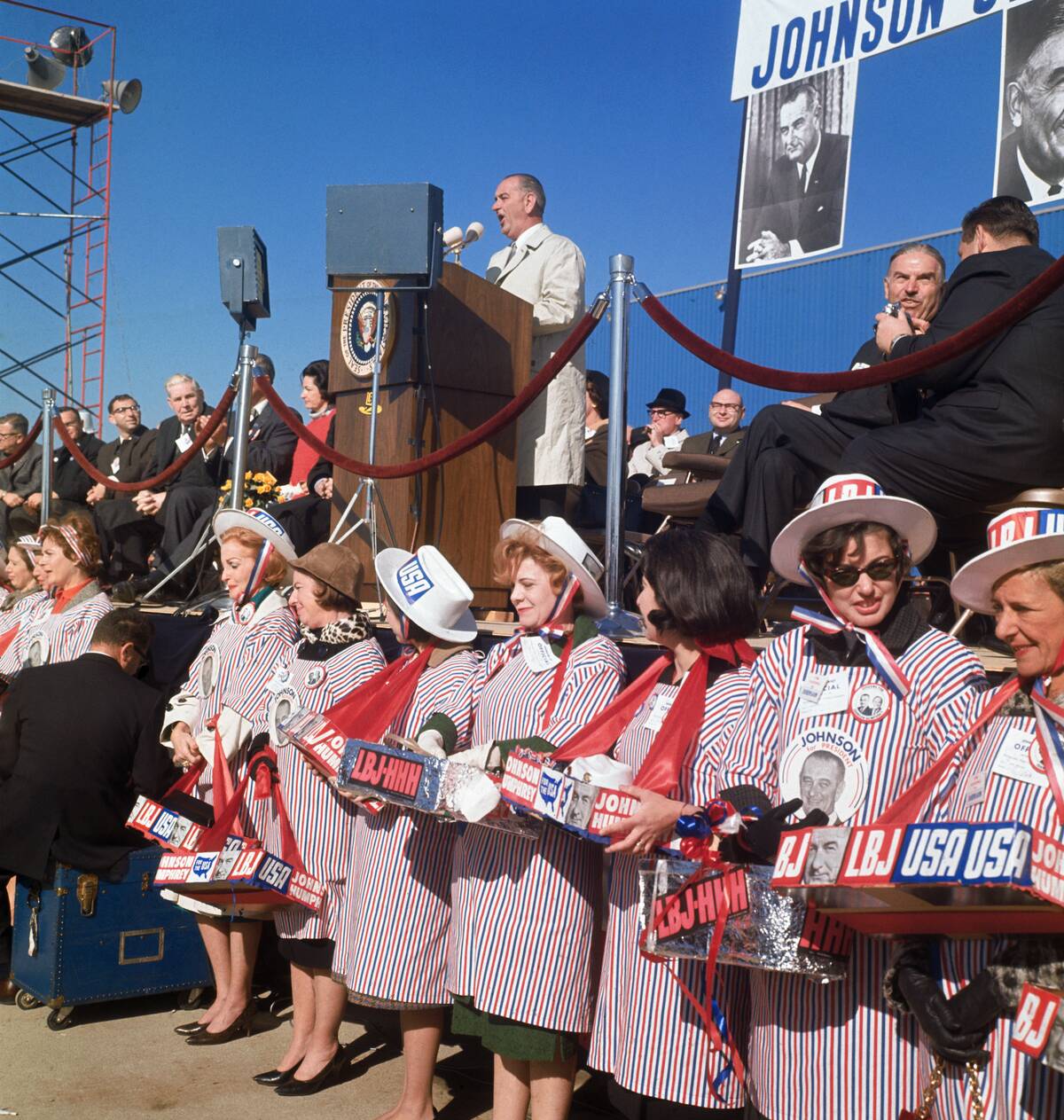
This photo of Lyndon Baines Johnson making a campaign stop in Detroit during his presidential run underlines the importance of Detroit to politics.
The industrial might and diverse electorate of Detroit, combined with its strong labor unions, made Detroit an incredibly pivotal city when it came to anyone who was running for office. This is largely still true today.
Automakers sometimes looked beyond cars.
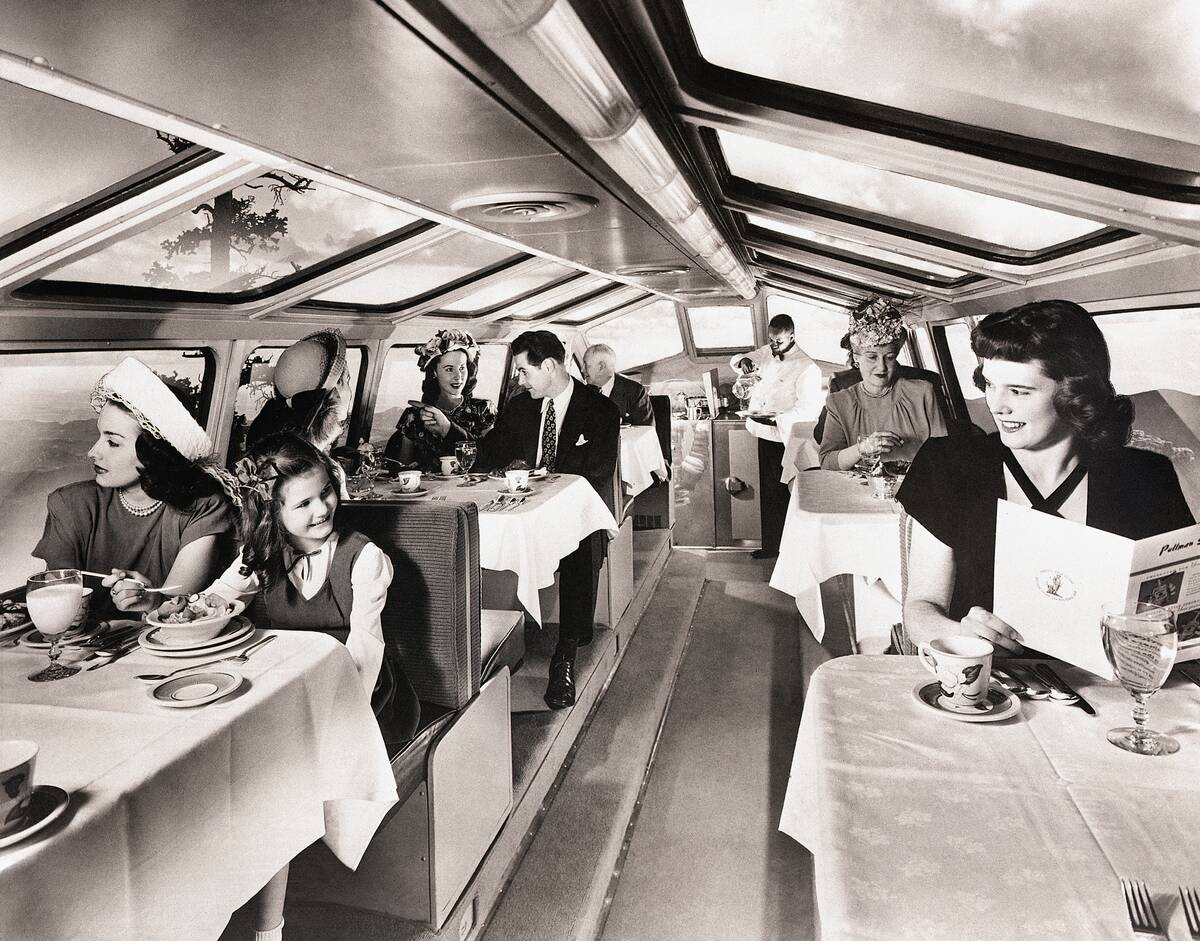
While automotive manufacturers encouraged every American to own a car, and even participated in gutting public transit in some cities, they still developed some intriguing non-car concepts.
This image shows the concept for a “multilevel train of tomorrow,” created by General Motors. While this specific train never made it to production, it looks somewhat similar to the observation cars on modern passenger trains.
There was growing unrest.
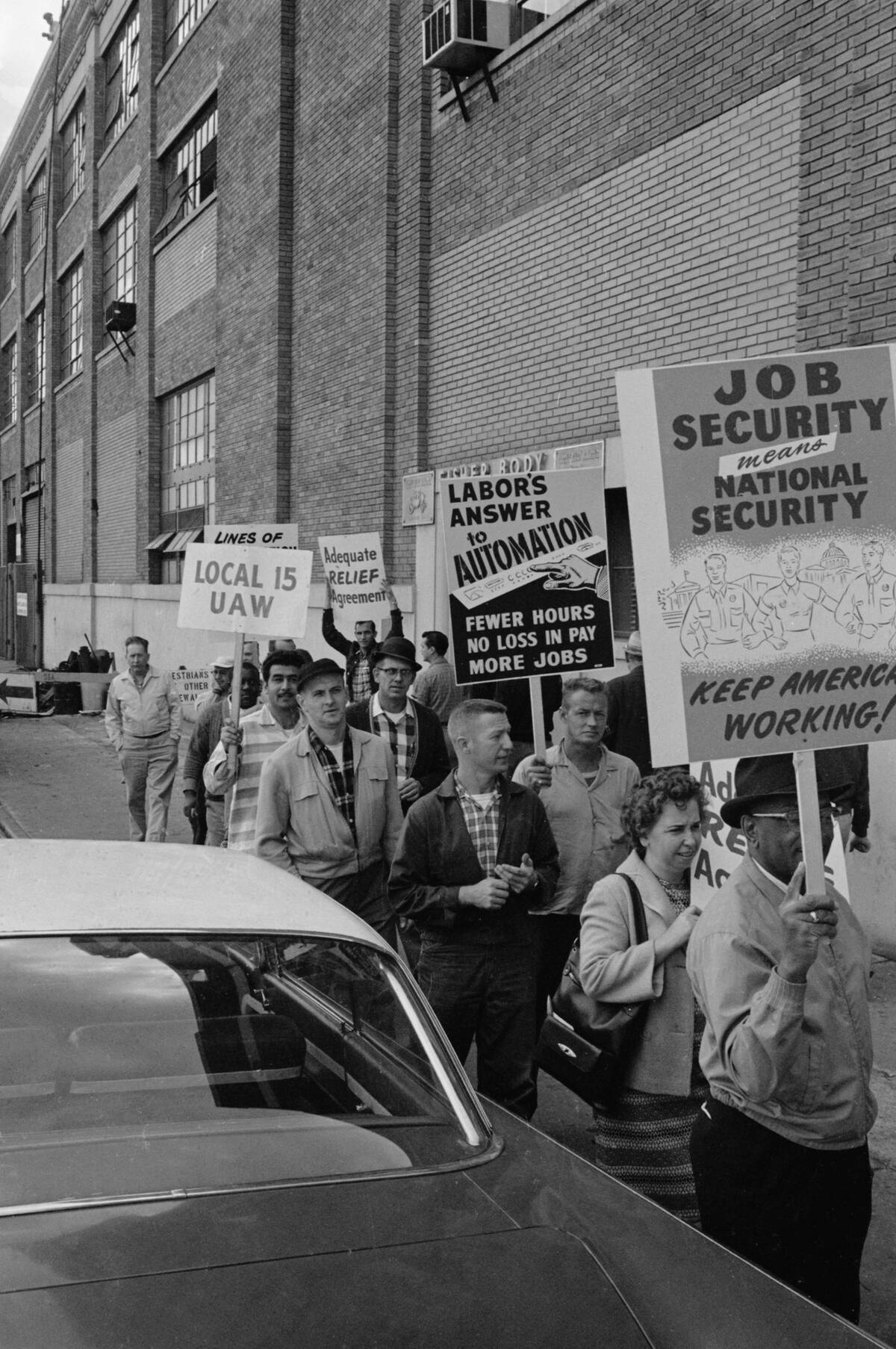
GM workers are shown here picketing outside the company’s Fleetwood plant in 1964 after their union and GM failed to reach an agreement on a new contract.
More labor strife would follow in the years to come, and later in the decade, a different kind of conflict — this time, race riots — would engulf the city.



